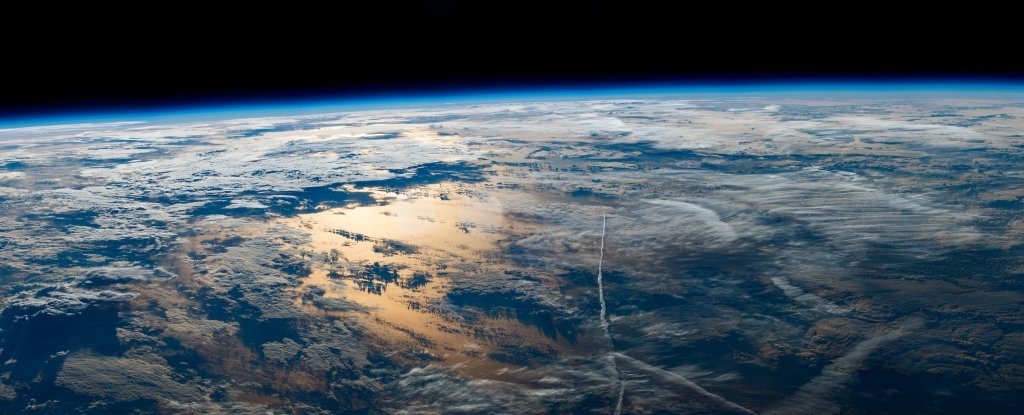
One event, however, is more of a mystery - the Late Devonian extinction 360 million years ago.
The fossil record suggests a dramatic increase in ultraviolet radiation, caused by a temporary depletion of the ozone layer as the world warms.
The Late Devonian extinction took place across a timespan of between 500,000 and 25 million years, killing off up to 80 percent of all animal species alive at the time.
A previous study in 2018 found that fossilised plant spores from the Permian-Triassic extinction event 252 million years ago had suffered extreme damage from UV radiation.
This explanation would not hold up for the Late Devonian extinction (remember, no volcanoes that we know of), but it was possible that something else could have depleted the ozone.
They collected rock samples from sites in Greenland, which was closer to the equator during the Late Devonian, and studied them for fossilised plant spores.
The scientists concluded that the ozone layer had indeed thinned, increasing the amount of ultraviolet radiation bathing the surface, destroying a great deal of plant species.